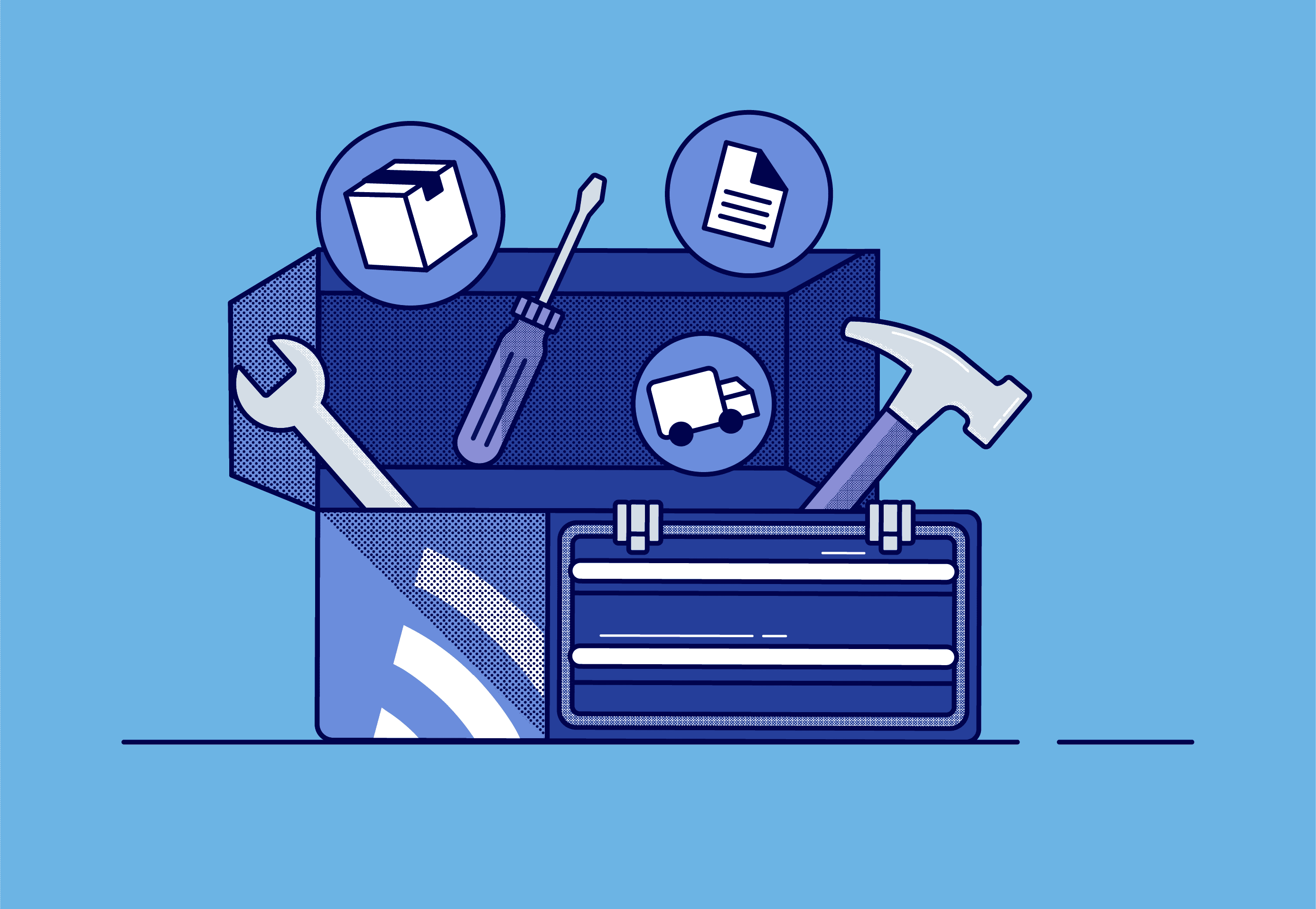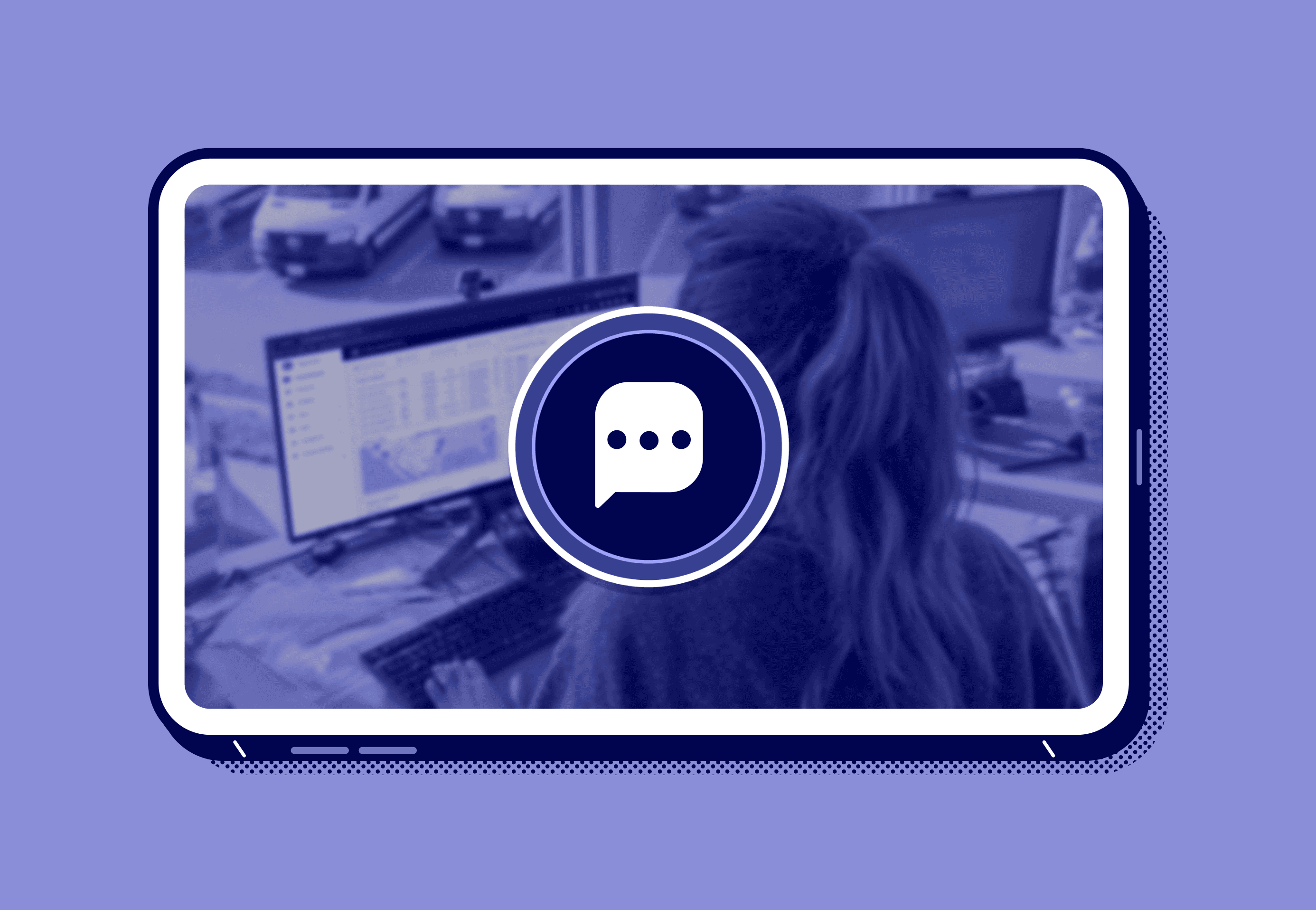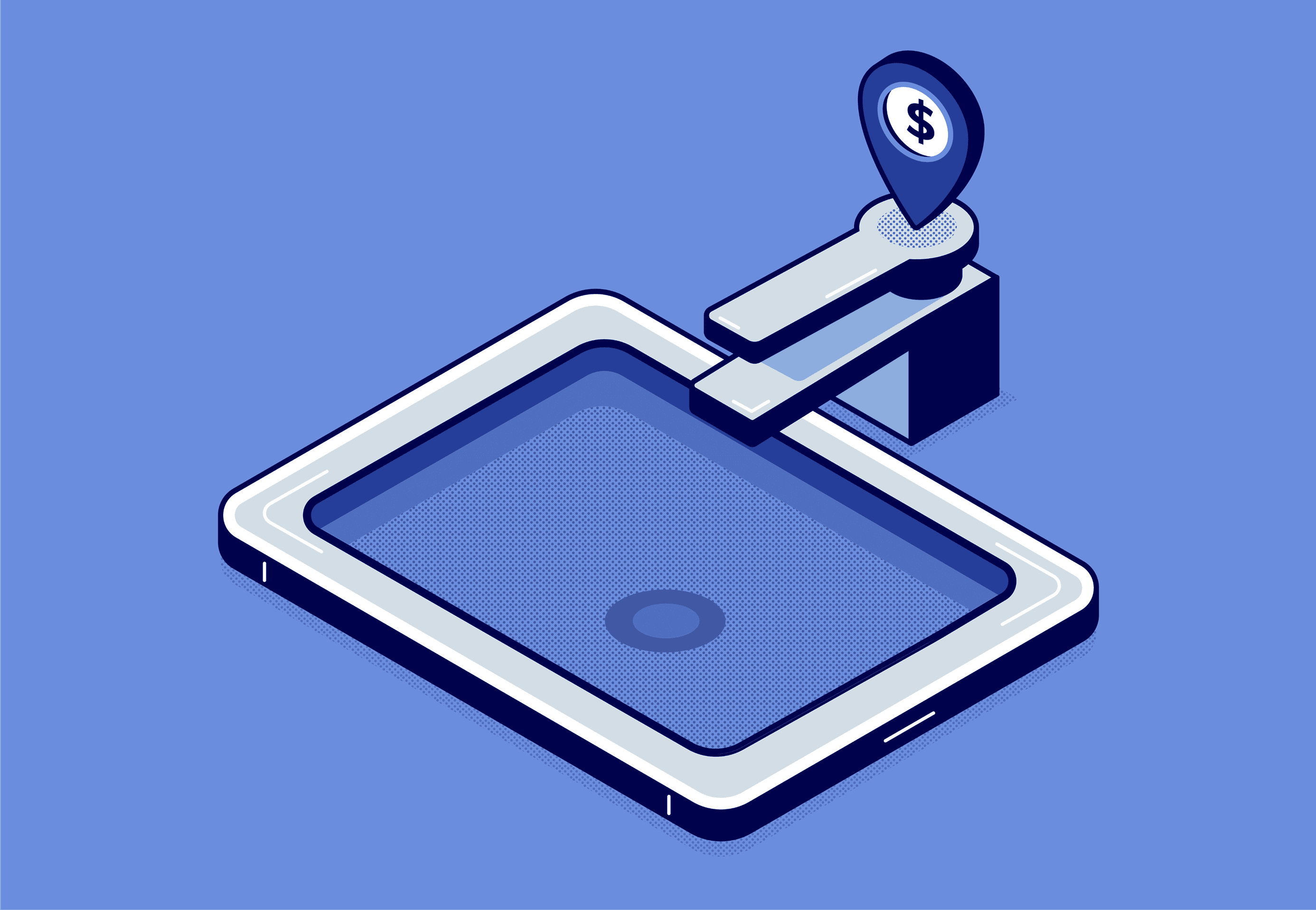Purchase Order vs Invoice: What’s the Difference and Why It Matters for Your Business
Understand the key differences between purchase orders and invoices to streamline your business processes. Read more to optimize your financial management.
Jul 3, 2025

Tired of overpaying vendors or chasing down missing paperwork? If your team struggles with late payments, inventory errors, or unclear responsibilities, chances are your purchasing process needs structure.
That’s where purchase orders and invoices come in.
These two financial documents do more than just formalize transactions; they create accountability, reduce payment disputes, and help you scale your operation with confidence. But what is a purchase order exactly? And how is it different from an invoice?
In this blog, we’ll walk you through:
- What a purchase order is and how it works
- What an invoice is and when it’s used
- The key differences in the purchase order vs invoice conversation
- How both documents support your payment process, inventory management, and vendor relationships
Let’s dive in.
What Is a Purchase Order?
A purchase order (PO) is a formal, legally binding document issued by the buyer to a vendor. Businesses commonly use purchase orders to purchase goods or services from vendors. It outlines the specific goods or services requested, the price, delivery date, and other essential order details.
The purchase order acts as an official request to buy and signals the start of the purchasing process. Once the vendor accepts the PO, it becomes legally binding between both the buyer and the seller.
Key Components of a Purchase Order:
- PO number and date for internal tracking
- Vendor details (name, address, contact info)
- Buyer information
- Product or service descriptions
- Order quantities and agreed upon price
- Delivery terms and expected delivery date
- Payment terms (e.g., Net 30, Net 60)
The purchase order process is used by purchasing or procurement departments to maintain order accuracy, manage inventory, and ensure financial accountability. In many cases, especially for small businesses, a purchase order is created within accounting software or PO management tools to streamline the procurement process.
Historical Context and Modern Use
Purchase orders have been a staple of business transactions for over a century. Originally managed through hand-written forms and physical ledgers, today’s Purchase Orders are digital, integrated in invoicing software, and often automated to support scale and efficiency.
Imagine an HVAC contractor ordering 100 thermostats from a distributor. Without a purchase order, the contractor risks miscommunication on price, quantity, or delivery terms. A Purchase Order not only sets clear expectations but also becomes an essential reference point should any issues arise.
Types of Purchase Orders
There’s no one-size-fits-all PO. Depending on the purchasing process, businesses may use one or more of the following types of purchase orders to meet different operational needs.
- Standard Purchase Order: The most common type, used for one-off purchases where all details are known upfront—including item descriptions, quantities, prices, delivery terms, and payment terms.
- Planned Purchase Order: Used when the buyer knows the items and estimated quantities needed but does not yet know the exact delivery schedule. These are often used for anticipated needs with flexible timelines.
- Blanket Purchase Order: Best suited for recurring purchases over a period of time. It allows buyers to place multiple orders under a single PO, with estimated quantities and flexible delivery dates.
- Contract Purchase Order: Establishes a long-term agreement between buyer and seller without specific order details. It serves as a legal framework for future POs under consistent terms.
Pros and Cons of Each Type
Standard Purchase Order
- Use Case: One-time, fully defined orders
- Pros: High accuracy and detail, Minimizes miscommunication
- Cons: Requires a new PO for every order
Planned Purchase Order
- Use Case: Known purchases with flexible delivery timelines
- Pros: Allows future planning without immediate commitment, Facilitates bulk pricing or early negotiations
- Cons: Delivery dates must be confirmed later, requiring follow-up
Blanket Purchase Order
- Use Case: Frequent, recurring purchases from the same vendor
- Pros: Simplifies reordering, Reduces administrative workload
- Cons: Can lead to over-ordering if usage isn’t monitored
Contract Purchase Order
- Use Case: Long-term vendor relationships with evolving needs
- Pros: Provides a legal foundation for future POs, Supports strategic procurement planning
- Cons: Doesn’t contain specific order or delivery details on its own
The Purchase Order Process: Step-by-Step
Understanding the purchase order process helps clarify where it fits in the bigger picture of business operations:
- Initiate Request: The purchasing or procurement department identifies a need.
- Approval Process: Internal approval is obtained before Purchase Order creation.
- Purchase Order Created: All order details, vendor information, and payment terms are finalized
- Seller Accepts: The Purchase Order is reviewed and the seller accepts it, creating a legally binding contract.
- Order Fulfilled: Goods or services are delivered as agreed.
- Matching with Invoice: Once delivery is complete, the vendor issues a sales invoice referencing the PO.
Stakeholder Roles
- Buyer: Initiates the Purchase Order and ensures budget approval
- Finance Team: Confirms available funds, tracks Purchase Order number and date
- Vendor: Reviews the PO, confirms order details, and delivers goods/services
Visualizing the Workflow
Add a simple flowchart that illustrates the purchase order process, from request to invoice reconciliation. This aids internal training and aligns departments.
Why Use Purchase Orders?
Purchase orders and invoices aren’t just red tape. They protect your business in multiple ways:
- Prevent Invoice Fraud: Avoid paying for goods or services not received.
- Improve Purchase History: Track all orders and their statuses.
- Establish Payment Terms: Clarify what the buyer owes and when.
- Enhance Cash Flow Management: Forecast expenses and control budget.
- Reduce Payment Disputes: Ensure the invoice matches the original order.
Real-World Example
A remodeling company that implemented POs reduced monthly overspending by 15%. With documented order history and automated invoice matching, they identified repeat orders that were previously undocumented.
What Is an Invoice?
An invoice is a formal request for payment issued by the vendor after goods or services have been delivered. It details what the buyer owes, when it’s due, and includes the payment instructions.
An invoice is sent to request payment from the buyer, allowing the seller to receive money for the goods or services provided. It often details the services provided to ensure clarity in the transaction.
Think of an invoice as the financial bookend to a purchase order: while the Purchase Order starts the transaction, the invoice completes it.
Key Elements of an Invoice:
- Invoice number and date
- Vendor details
- Buyer details
- Product or service descriptions
- Agreed upon price and payment terms
- Total amount due
- Due date and payment instructions
Legal Standing
Invoices can also serve as legally binding documents, especially when they reference an accepted PO. Including a corresponding purchase order in the invoice ensures alignment.
The Invoicing Process: What Happens After Delivery?
Once the vendor has fulfilled the order, the invoicing process begins:
- Vendor creates invoice referencing the PO number
- Invoice sent to buyer with all order details and payment terms
- Buyer matches invoice to corresponding purchase order
- Buyer processes payment according to terms
- FSM software updates invoice status and revenue projections
Risk of Skipping Steps
Skipping these steps can result in late payments, duplicate invoices, or mismatched delivery expectations. Inconsistent invoicing processes are a leading cause of cash flow issues for service providers. Handling invoices in a timely manner is crucial for maintaining good vendor relationships and avoiding late payments.
Purchase Order vs Invoice: Key Differences
- Created By: Purchase order is created by the buyer; invoice is created by the seller (vendor or service provider).
- Purpose: PO serves as an official request to buy goods/services; invoice serves as the official payment request.
- Timing: Purchase orders are issued before goods/services are delivered; invoices are issued after delivery.
- Legal Status: A purchase order becomes a legally binding contract when the vendor accepts; an invoice can also serve as a legally binding document.
- Includes: PO includes order details, pricing, delivery date, and vendor information; invoice includes PO reference, services delivered, amount due, and payment terms.
- Supports: POs support the procurement process and inventory management ; invoices support the payment process and accounting.
- Compliance: POs help ensure audit compliance; invoices referencing a PO help with dispute resolution.
- Inventory Management: PO data aids stock tracking even before goods arrive.
Additional Criteria:
- Audit Compliance: POs provide paper trails for audits.
- Dispute Resolution: Invoices that reference a PO reduce conflicts.
- Inventory Management: PO data supports stock tracking before goods arrive
Why You Need Both Purchase Orders and Invoices
1. Financial Accountability
When both the purchase order and invoice are documented, your accounting team can ensure the payment process only proceeds when goods/services are delivered.
2. Inventory Management
Matching invoices to corresponding purchase orders helps track incoming goods and maintain accurate inventory levels.
3. Preventing Payment Disputes
Purchase orders provide proof of agreed-upon terms. This makes resolving disputes over pricing, quantities, or delivery terms much easier.
4. Efficient Procurement and Invoicing Process
When your procurement department uses purchase orders and your vendors send matching invoices, you can automate approvals and payments using accounting software or invoicing software.
5. Legal Protection
In the event of a disagreement, both purchase orders and invoices serve as important financial documents that demonstrate intent, delivery, and payment terms.
Automation and the Role of Invoicing Software
Gone are the days of filing cabinets and paper forms. Processing invoices manually can lead to errors, delays, and lost documents, making it difficult to keep up with the increasing volume and complexity of procurement. Today’s best accounting software allows small businesses to manage purchase order creation, purchase order management, invoicing, and payments in one platform.
Benefits of Software:
- Generate recurring purchase orders
- Automatically create matching invoices
- Track order history and invoice status
- Send payment reminders for due invoices
- Accept online payments to speed up cash flow
- Reduce risk of invoice fraud
Software Integration
FieldPulse offers integrations with tools that streamline the invoicing and procurement process. Integrating purchase orders and invoices helps you scale your back office and eliminate human error.
Common Scenarios: When to Use a PO, an Invoice, or Both
Scenario 1: Ordering New Equipment
- PO is created to approve the purchase
- Invoice is issued after delivery and used to process payment
Scenario 2: Hiring a Service Provider for Maintenance
- PO outlines the agreed-upon price and descriptions
- Invoice reflects what was delivered and serves as a formal document for requesting payment
Scenario 3: Subscription or Recurring Purchases
- Blanket PO covers the year’s supply of goods
- Recurring invoices are sent monthly, referencing the same PO number
Final Thoughts: Mastering Purchase Order vs Invoice Processes
Understanding a purchase order, how it differs from an invoice, and how they work together is critical for businesses of all sizes. Especially for small businesses managing tight budgets, these tools help streamline the procurement process, reduce risk, and keep operations running smoothly.
To recap:
- A purchase order is a request and legally binding contract initiated by the buyer.
- An invoice is a payment request initiated by the seller after goods or services are delivered.
- The key difference lies in timing, purpose, and the role they play in the purchasing process.
By using both purchase orders and invoices and automating your workflows with smart software, you’ll get paid faster, avoid disputes, and build stronger relationships with vendors.
Ready to Take Control of Your Financial Documents?
FieldPulse helps small businesses simplify the entire purchasing process—from purchase order creation to invoicing and payment tracking. Whether you're managing recurring purchases or avoiding payment disputes, FieldPulse gives you the tools you need to stay organized, compliant, and profitable.
Book a demo today to see how FieldPulse supports your purchase order vs invoice workflows.

